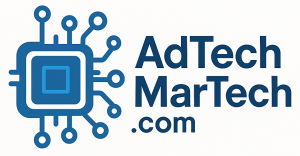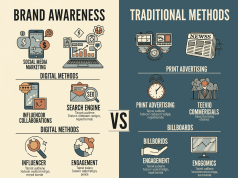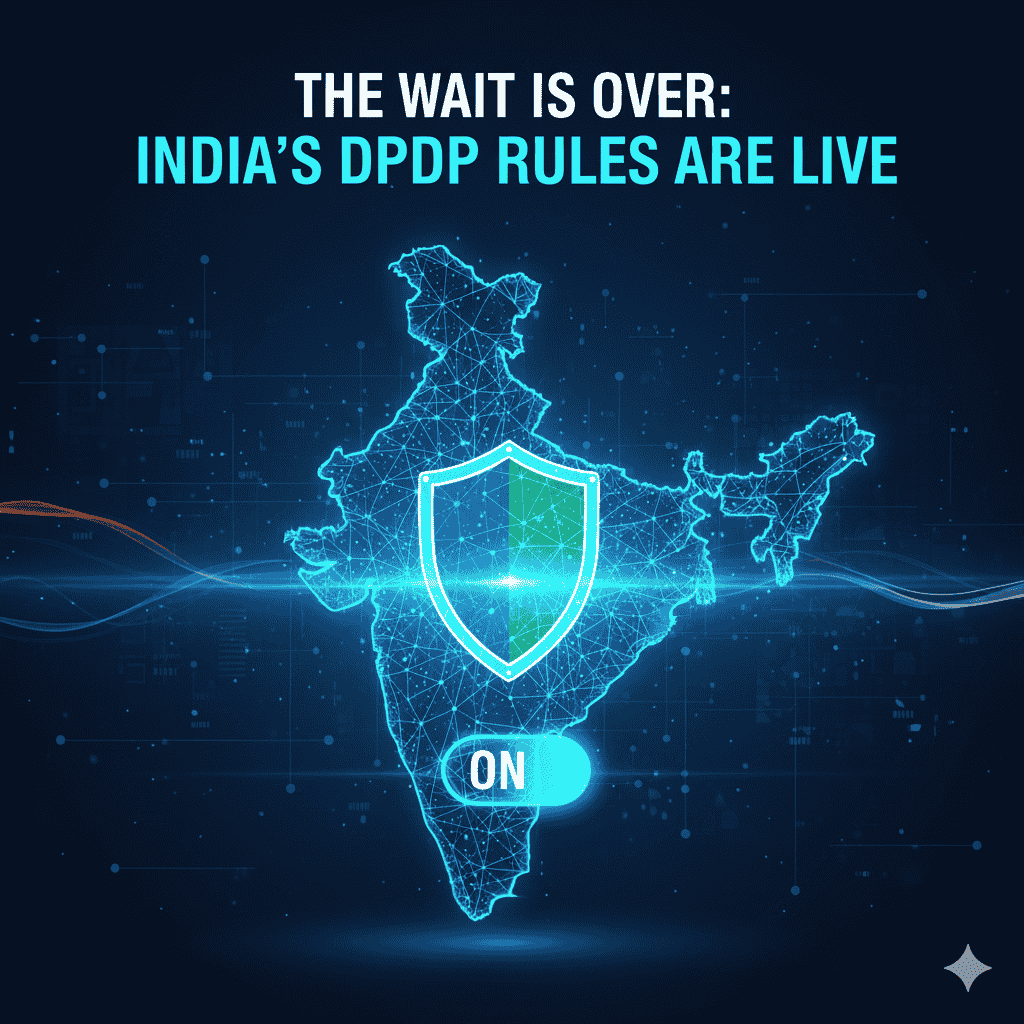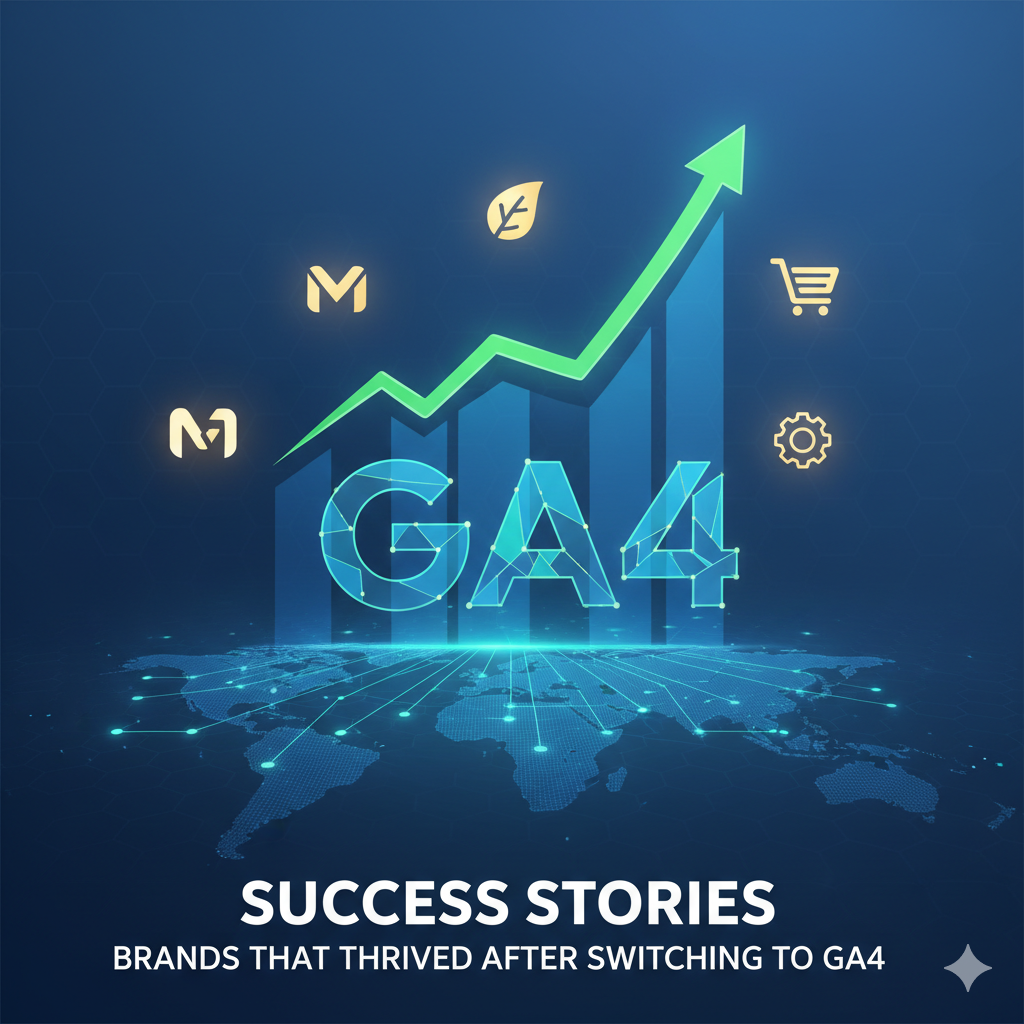In the realm of digital marketing, Facebook Ads Manager stands as a powerful tool for businesses seeking to expand their reach, enhance brand awareness, and drive conversions. With over 2.9 billion monthly active users, Facebook offers businesses a platform to target specific demographics effectively. This comprehensive guide will take you through the essentials of leveraging Facebook Ads Manager to maximize your advertising efforts.
1. Understanding Facebook Ads Manager
What is Facebook Ads Manager?
Facebook Ads Manager is a platform that allows users to create, manage, and analyze their advertising campaigns across Facebook and Instagram. It provides a suite of tools to monitor ad performance, gain insights through analytics, and optimize advertising strategies.
Key Features
- Ad Creation: Design and customize ads using various formats, including video, carousel, and slideshow.
- Targeting: Utilize detailed targeting options to reach your desired audience based on demographics, interests, behavior, and location.
- Budgeting and Scheduling: Set a daily or lifetime budget and determine the optimal schedule for your ads.
- Performance Insights: Analyze metrics such as reach, impressions, clicks, and conversions to understand campaign performance.
2. Setting Up Your Ads Manager Account
Creating an Account
To start using Facebook Ads Manager, follow these steps:
- Create a Facebook Business Account: Visit Facebook Business and set up a business manager account.
- Access Ads Manager: From your business manager dashboard, navigate to Ads Manager to access campaign management tools.
Linking Your Facebook Page
Ensure your Facebook Page is linked to your Ads Manager for seamless ad promotion directly from your business profile.
3. Creating Your First Ad Campaign
Defining Your Objectives
Before diving into ad creation, outline your campaign objectives. Facebook offers several objectives, including:
- Brand Awareness
- Traffic
- Engagement
- Leads
- Conversions
- Sales
Choose an objective that aligns with your business goals to guide your ad strategy.
Selecting Your Audience
Utilize Facebook’s robust targeting options to define your audience:
- Demographics: Age, gender, education, and relationship status.
- Interests: Hobbies, activities, and pages they follow.
- Behaviors: Purchase behavior, device usage, etc.
- Custom Audiences: Upload existing customer lists or target website visitors.
Designing Your Ad
- Format: Choose between single image, video, carousel, or collection formats.
- Visuals: Use high-quality images or videos that represent your brand.
- Copy: Write compelling ad copy that speaks directly to your audience’s needs and desires.
4. Budgeting and Scheduling
Setting Your Budget
Decide between:
- Daily Budget: The average amount you’re willing to spend per day.
- Lifetime Budget: The maximum you’ll spend over the entire campaign duration.
Scheduling Your Ads
Select an optimal start and end date, or let Facebook optimize ad delivery based on user engagement patterns.
5. Analyzing Ad Performance
Monitoring Key Metrics
Once your ads are running, monitor the following metrics in Ads Manager:
- Reach: The number of unique users who saw your ad.
- Impressions: The total number of times your ad was displayed.
- Click-Through Rate (CTR): The percentage of users who clicked on your ad after seeing it.
- Conversion Rate: The percentage of users who took the desired action after clicking.
Utilizing Facebook Analytics
Leverage Facebook Pixel to track user interactions on your website and gain insights into how your ads influence behavior beyond Facebook.
6. Optimizing Your Campaign
A/B Testing
Conduct A/B tests to compare different versions of your ads. Test variables like visuals, copy, calls to action (CTAs), and audience segments to identify what resonates best with your target demographic.
Adjusting Based on Performance
Regularly review ad performance and make necessary adjustments to your targeting, budget, and creative elements to optimize results.
7. Staying Up-to-Date with Trends and Best Practices
The digital advertising landscape is ever-evolving. Stay informed about Facebook’s advertising policies, algorithm changes, and emerging trends to ensure your strategies remain effective.
Resources for Continuous Learning
- Facebook Blueprint: Free online courses covering various aspects of Facebook advertising.
- Facebook Business Blog: Updates on new features, case studies, and best practices.
Conclusion
Unlocking the power of Facebook Ads Manager can significantly enhance your marketing efforts. By understanding how to navigate the platform, define your audience, create compelling ads, and analyze performance, you can effectively harness the vast potential of Facebook advertising. With continuous learning and adaptation, you’ll be well-equipped to drive conversions and achieve your business goals in the dynamic landscape of digital marketing.









